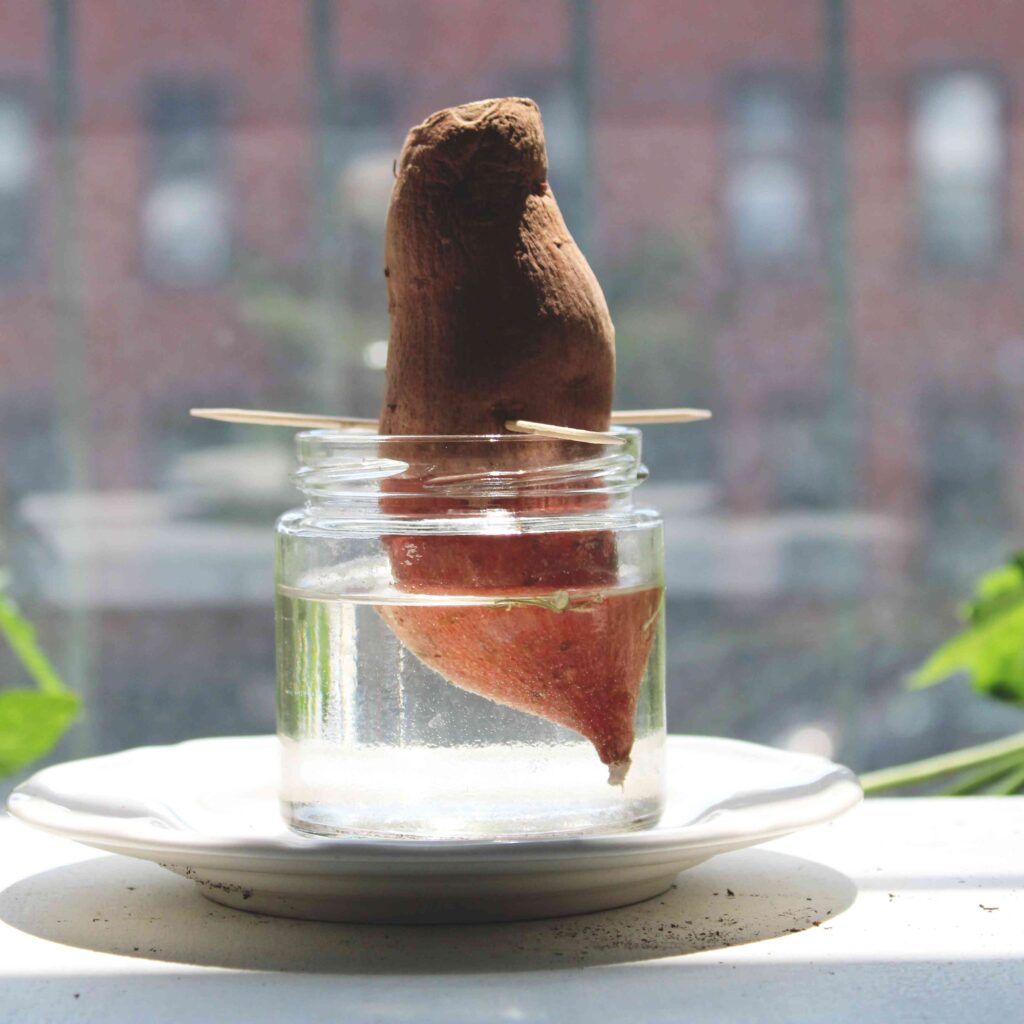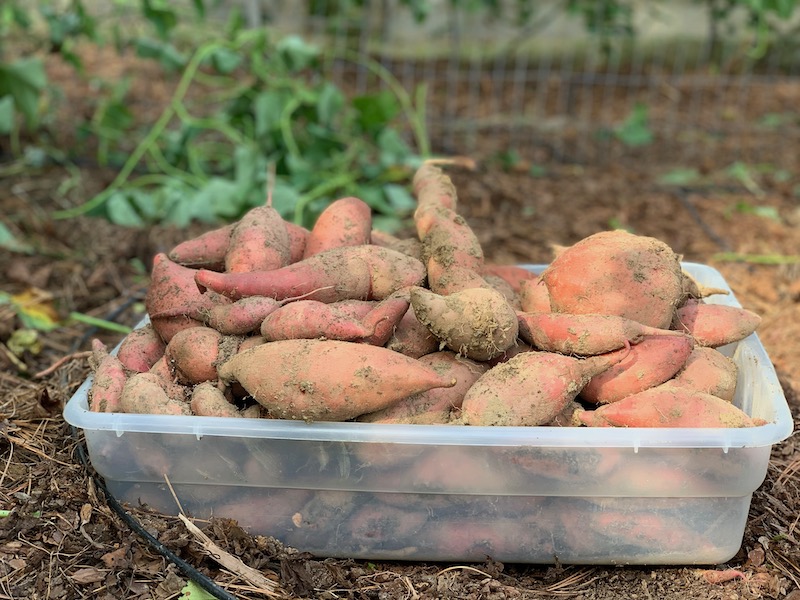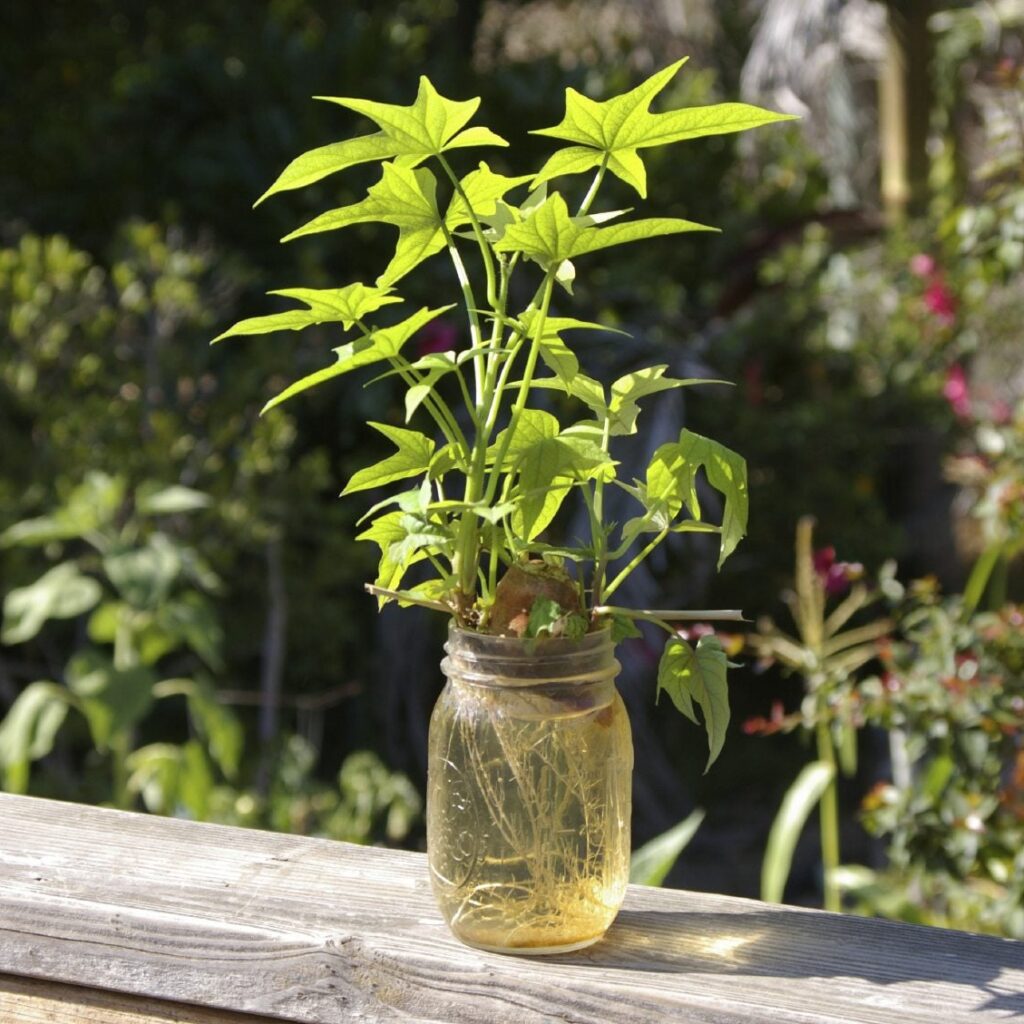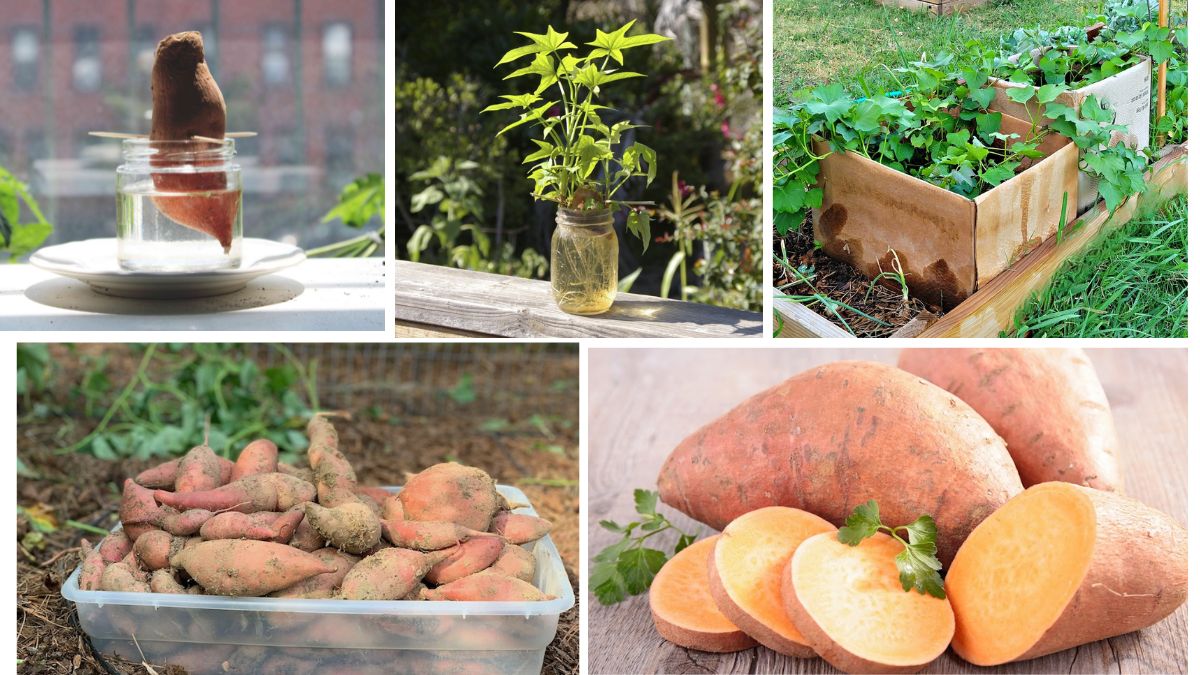Sweet potatoes are a beloved crop for home gardeners thanks to their nutritional value, vigorous vines, and the satisfaction of harvesting your own underground treasures. However, did you know that you can enhance their growth, deter pests, and improve soil health just by choosing the right companion plants? Companion planting is a time-tested gardening strategy that promotes synergy between crops. When done right, it can lead to healthier plants, higher yields, and fewer pest problems.
In this article, we’ll explore the best companion plants for sweet potatoes, why they work, and how to integrate them effectively into your home garden.
What Is Companion Planting?

Companion planting is the practice of growing certain plants together based on their ability to benefit each other. These benefits might include:
- Pest repelling
- Attracting beneficial insects
- Providing ground cover
- Enhancing soil nutrients
- Offering shade or support
For sweet potatoes—an aggressive vining plant with high light and nutrient needs—choosing companions that won’t compete but instead support them is key.
Top 10 Companion Plants for Sweet Potatoes
Here are the most effective companion plants to grow with sweet potatoes in your home garden:
1. Beans (Pole or Bush)

Why they work: Beans fix nitrogen in the soil—a vital nutrient for growing sweet potatoes. They also don’t compete for space underground and can provide light shading to keep soil cool.
Planting tip: Avoid overcrowding. Use bush beans along the edges of sweet potato beds or pole beans on a nearby trellis.
2. Spinach
Why they work: Spinach acts as a living mulch, helping suppress weeds and retain soil moisture. It also matures quickly and can be harvested before sweet potato vines spread too far.
Planting tip: Plant spinach early in the season before sweet potatoes dominate the space.
3. Thyme
Why they work: Thyme is a low-growing herb that deters pests like whiteflies and cabbage loopers. Its small flowers also attract pollinators.
Planting tip: Use thyme as a border plant around your sweet potato bed.
4. Dill
Why they work: Dill attracts beneficial insects like parasitic wasps and ladybugs that feast on aphids, a common pest for sweet potato vines.
Planting tip: Sow dill nearby, not too close, as it can get tall and might shade young sweet potato plants.
5. Marigolds

Why they work: Marigolds are famous for their ability to deter nematodes and other soil-borne pests. They also brighten your garden and attract pollinators.
Planting tip: Interplant marigolds around the perimeter of your sweet potato patch or between rows.
6. Yarrow
Why they work: Yarrow improves soil health and attracts predatory insects that eat pests. It also helps retain moisture in the soil.
Planting tip: Plant yarrow at the corners of your garden to let it spread freely without invading sweet potato space.
7. Tansy
Why they work: Tansy repels a range of pests including ants, beetles, and moths. It’s a powerful natural insect deterrent.
Planting tip: Use caution—tansy can spread aggressively. Grow in containers or isolated patches near your sweet potato beds.
8. Radishes

Why they work: Radishes loosen the soil, making it easier for sweet potato tubers to expand. They’re also fast-maturing and can be harvested well before sweet potatoes are ready.
Planting tip: Use as a quick filler crop before sweet potato vines start sprawling.
9. Nasturtiums
Why they work: Nasturtiums attract aphids, keeping them away from sweet potatoes. They’re also edible and beautiful!
Planting tip: Let them trail around your garden edge to act as a trap crop.
10. Basil
Why they work: Basil repels thrips and beetles and enhances the flavor of nearby vegetables. It also fits well into small gaps in the garden.
Planting tip: Don’t plant too close; let sweet potato vines have their space while basil flourishes in the gaps.
Plants to Avoid Growing with Sweet Potatoes

Not all plants are good neighbors. Here are some to avoid planting near your sweet potatoes:
1. Tomatoes
Tomatoes and sweet potatoes share similar pests and diseases (like blight), increasing the chance of infestation.
2. Squash and Pumpkins
These vining plants compete for space and nutrients, making them poor companions.
3. Sunflowers
Sunflowers excrete a chemical that can hinder the growth of sweet potatoes and other nearby plants.
4. Potatoes
Avoid planting other root crops like white potatoes near sweet potatoes, as they can compete underground and attract similar pests.
Planting and Layout Tips
To maximize companion planting with sweet potatoes, follow these tips:
- Space smartly: Sweet potatoes need room to vine. Allow 12–18 inches between plants and plan for companions to be planted where vines won’t smother them.
- Use vertical elements: Grow pole beans or dill on trellises to keep the airspace productive.
- Border planting: Place low-growing herbs and flowers like thyme, marigold, or nasturtium on the edges.
- Stagger planting times: Grow fast-maturing plants like radishes and spinach early in the season before sweet potatoes take over.
Benefits of Companion Planting for Sweet Potatoes
Still wondering if companion planting is worth it? Here’s what you gain:
- Improved pest control without harmful chemicals
- Healthier soil thanks to nitrogen-fixing and organic mulch
- Higher yields from reduced pest pressure and better plant health
- Less maintenance with weed suppression and moisture retention
- More biodiversity in your garden, creating a resilient ecosystem
Final Thoughts
Companion planting is an art backed by science, and when it comes to sweet potatoes, the right neighbors can make a world of difference. Whether you’re aiming for a lush, productive garden or simply want to cut down on pest problems, choosing allies like beans, herbs, and flowers can transform your sweet potato patch into a thriving, self-sustaining ecosystem.
So the next time you set out to grow sweet potatoes, don’t grow them alone. Invite the right plant partners in—and watch your garden flourish.





